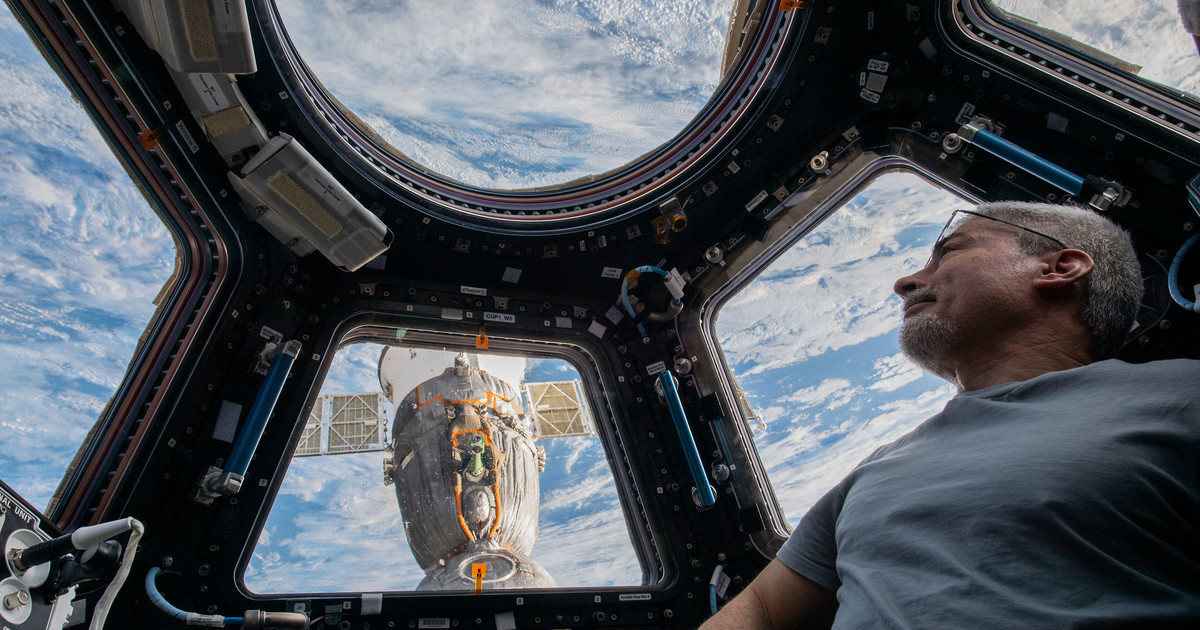Scientists want to use batteries with a service life of 28,000 years to power smartwatches, for example. Behind the idea are people associated with the Nano Diamond Battery Company.
Already last year, this American company announced the results of a potential pilot study, which showed that nano diamond batteriesOn the basis of nuclear waste can last up to 28,000 years. According to NDB representatives, their project will lead to the creation of high-energy diamond, photovoltaic and petavoltaic batteries.
Read also: Does dark mode extend my smartphone battery life?
Such long-lasting batteries can find a variety of applications. This includes powering miniature devices, such as starters, as well as larger devices, such as Mars rovers. Among the advantages of their project, its authors mentioned scalability. Adding a few cells could make batteries – rather than small gadgets – able to power devices that require higher power.
The Nano Diamond Battery radiant batteries can power small and large appliances
The Nano Diamond battery is made of layers of very small diamonds, the size of which is measured in billionths of a metre. Because diamond has a high thermal conductivity, it is great for electronics design. At the same time, it is three to four times more effective than copper or silver. A phenomenon known as chemical vapor deposition plays a major role in the formation of these nanodiamonds. However, this makes production time-consuming and expensive.
It is then combined with the radioactive isotopes from the nuclear waste. The radioactive isotopes of uranium and plutonium allegedly come from nuclear power plants. When these isotopes decay, the resulting energy goes to the NDB converter, which converts kinetic energy into electricity. Efficiency appears to be the biggest issue in this case, as a single battery cell will produce a small amount of power, so it must be connected, which in turn increases production costs.
Read also: The world’s smallest super capacitor is as good as AAA batteries. It is a nano bio capacitor
Moreover, we must not forget that batteries that are produced from nuclear waste can themselves become nuclear waste. As a result, the Earth can become polluted with huge amounts of radioactive tiny batteries. In the case of Mars, it may not be a problem, but on our planet – by all means. This indicates that the solution proposed by the Nano Diamond Battery could be great for space exploration. They can command or use Earth-orbiting satellites during missions on the Moon, Mars, or other things in the Solar System…or beyond.
Want to stay up to date with CHIP? Follow us on Google News

Echo Richards embodies a personality that is a delightful contradiction: a humble musicaholic who never brags about her expansive knowledge of both classic and contemporary tunes. Infuriatingly modest, one would never know from a mere conversation how deeply entrenched she is in the world of music. This passion seamlessly translates into her problem-solving skills, with Echo often drawing inspiration from melodies and rhythms. A voracious reader, she dives deep into literature, using stories to influence her own hardcore writing. Her spirited advocacy for alcohol isn’t about mere indulgence, but about celebrating life’s poignant moments.










